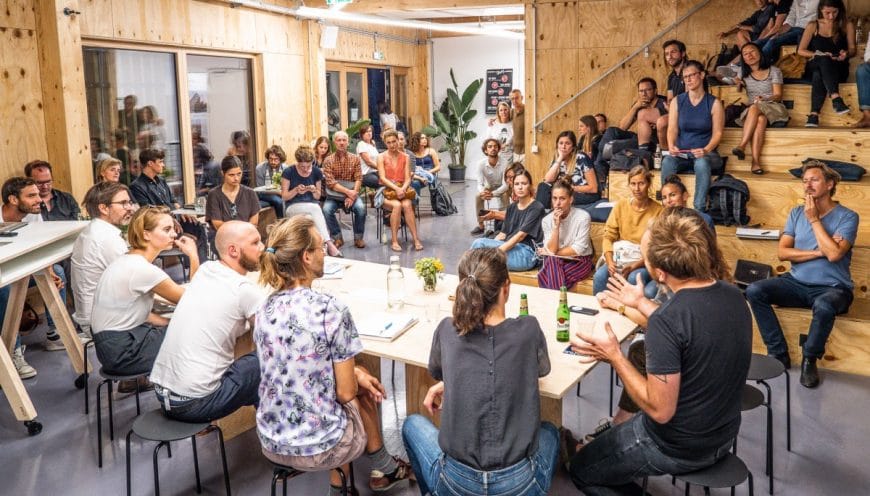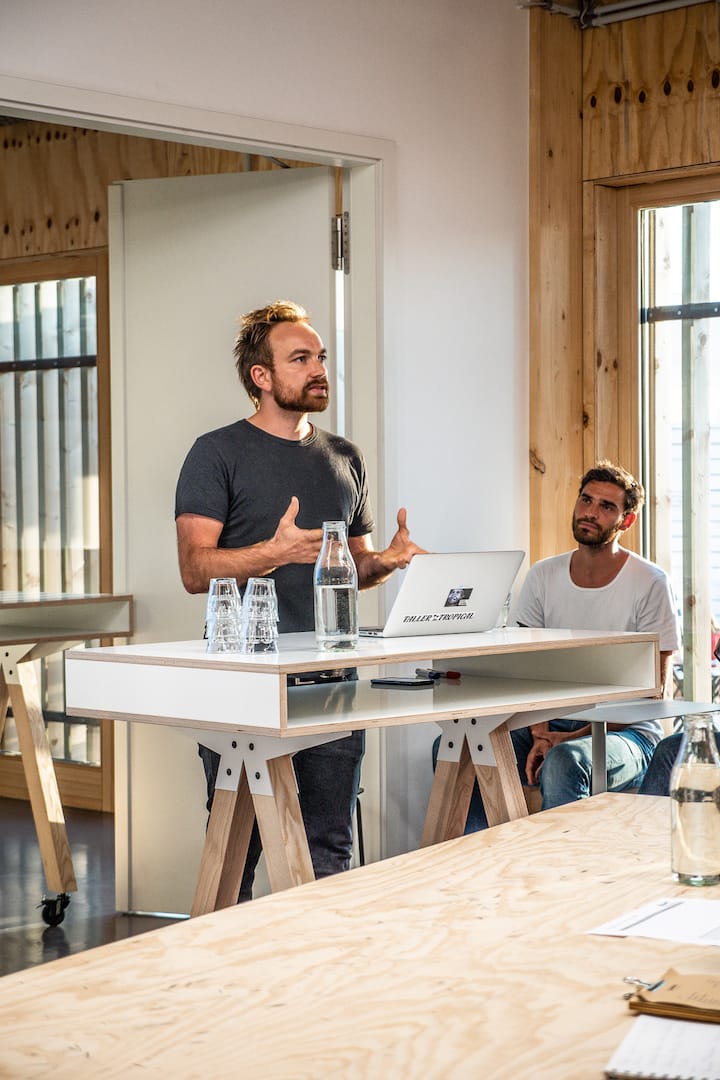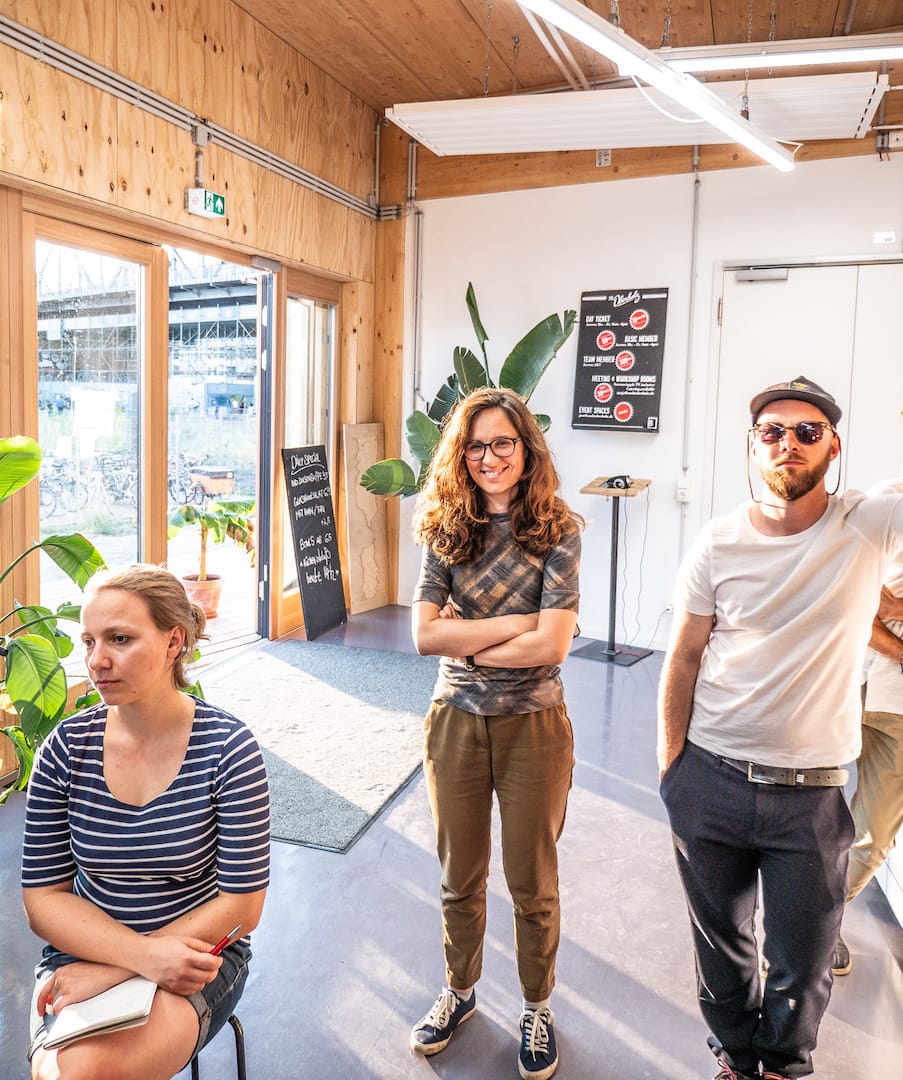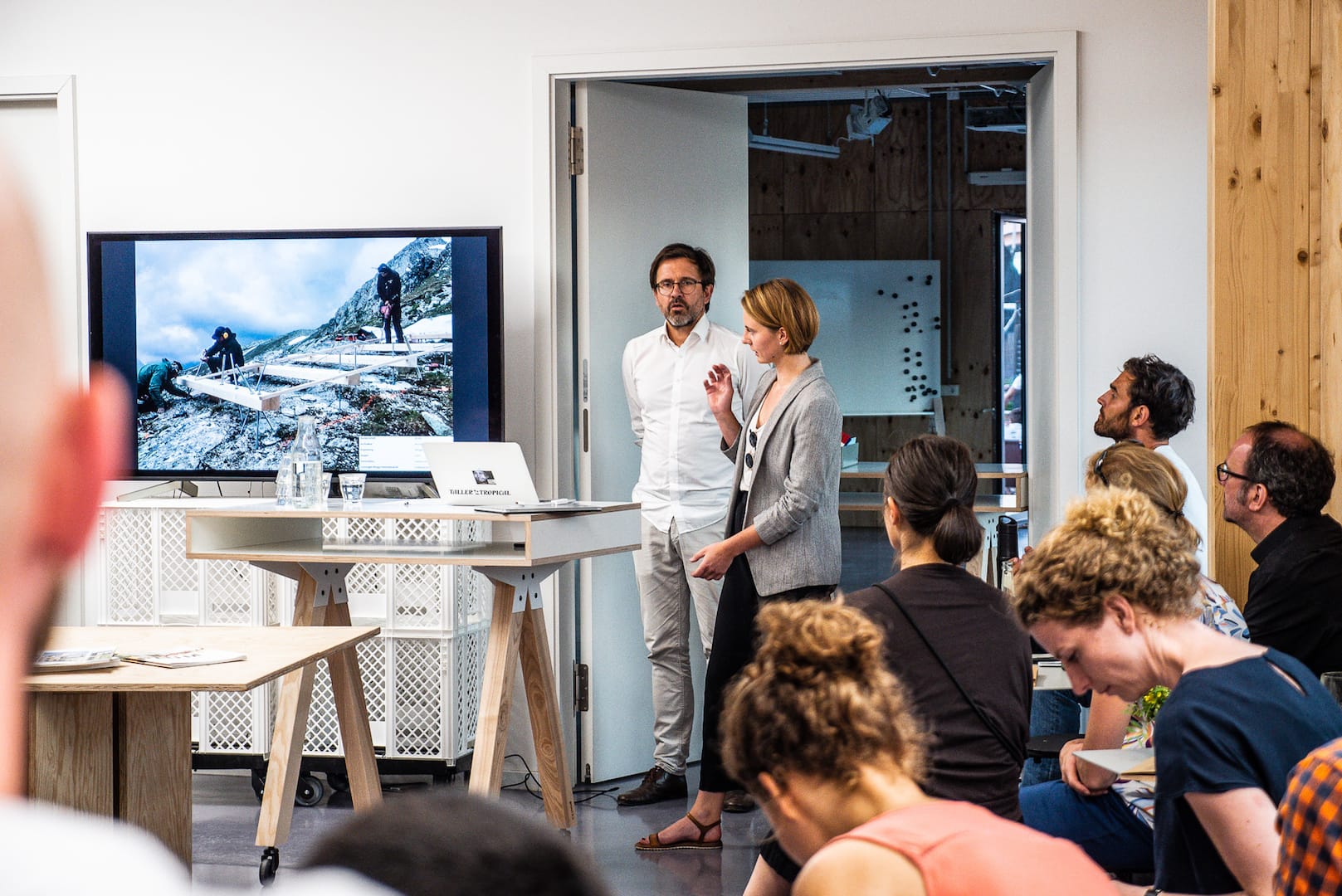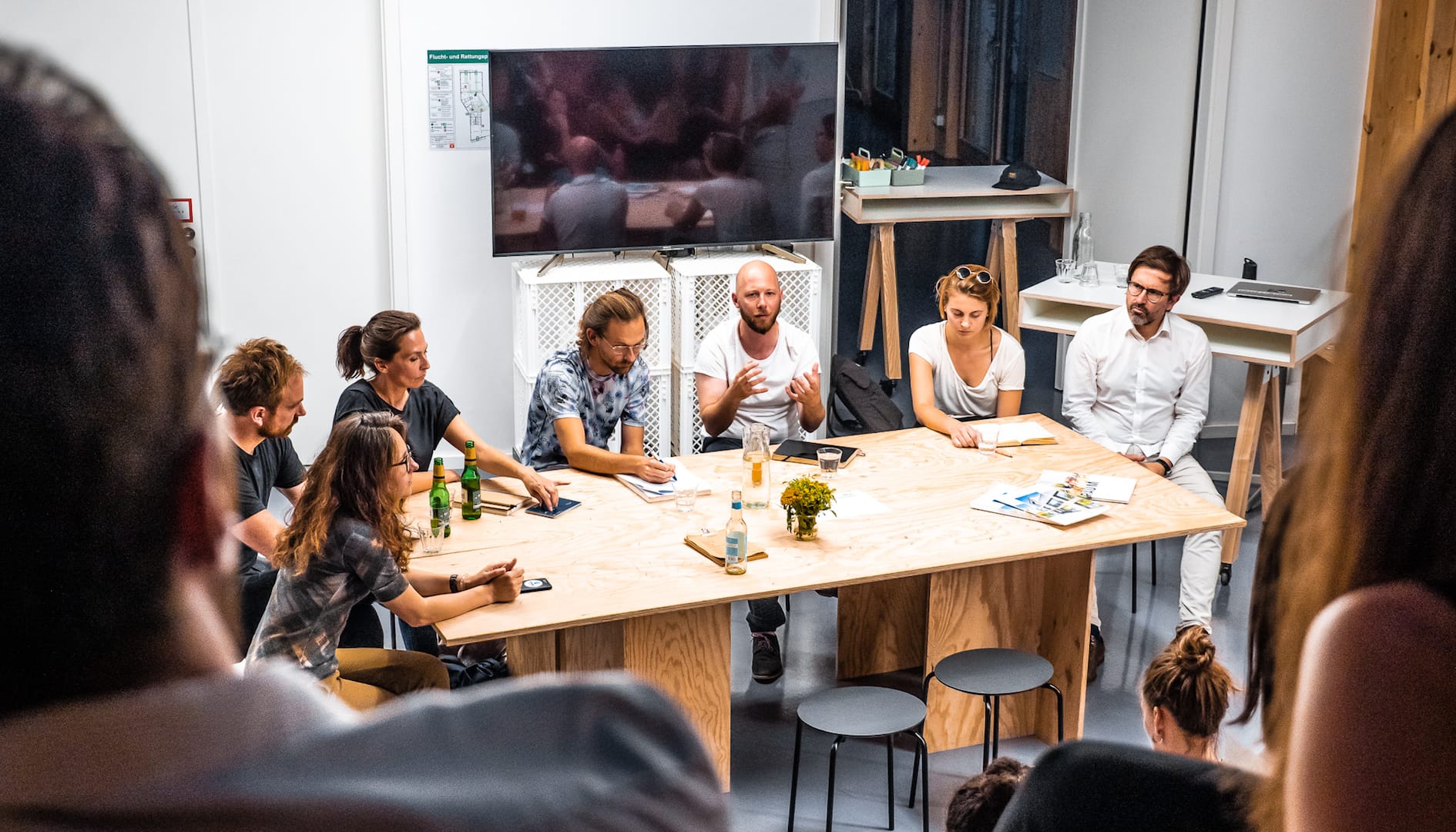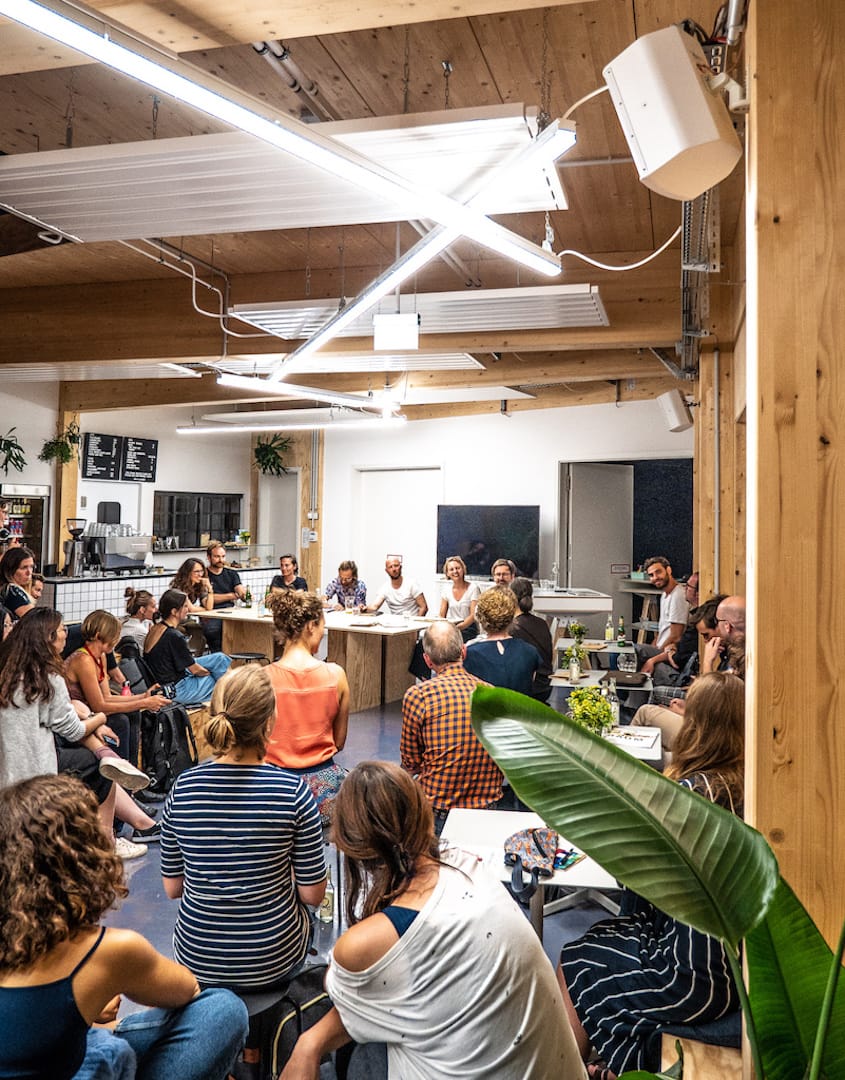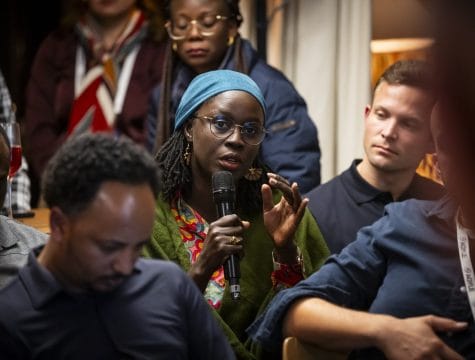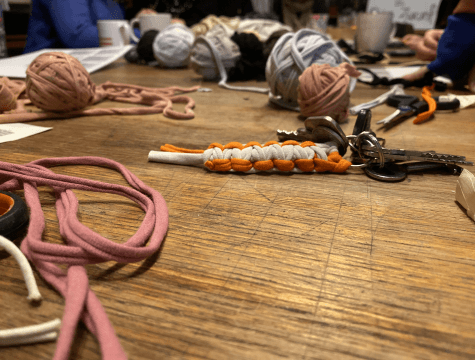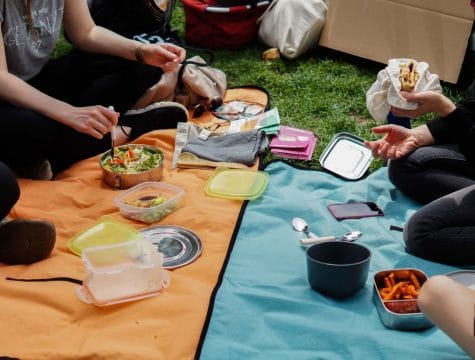Together with the Urban Ideation Lab at B-Part Am Gleisdreieck on August 22, 2019, Circular Berlin discussed the topic of spaces and how the use of space in the building can underpin circular construction.
To accelerate the transformation from linear to circular economy in the construction sector, there is an urgency to deploy circular business models. Due to its higher risks, costs and greater complexity, circular construction is not yet “business as usual” for the industry. Whether focusing on an existing building or a new one, the participants explored how design and use models of spaces can demonstrate sustainable operation of the building. Circular Berlin works further with the topic of Circular Construction in the project with Climate-KIC, where we picked up key areas to define the field:
Together we brought the experts from Haus der Statistik (Felix Marlow) to introduce the role of space use during deconstruction phase, and how participatory approach contributes to the mix use concepts. The topic of long building ownership (99 years) was introduced by CRCLR (Kathleen Waechter) and how it impacts the business model. In addition, we had a an opportunity to learn the case study of the on-going construction by Johannes Stiglmair from TRNSFRM, introducing the project in Neukölln (Berlin) of the circular building, and what challenges we face when we talk about the implementation of circular construction. Helge Kunz from RENGGLI Deutschland, working with timber, introduced the topic what it means actually for technical side of the building applying the circular economy principles. And finally we had a chance to round it up with the talk of Lennart Siebert from Belius, who brought the whole discussion the locality – why Berlin and why we need circular Construction now here!
Despite the point that the topic remains new and controversial we need to talk about it more, to spread knowledge, bring exchange, exchange the practices and to collaborate to make it a mainstream solution for the construction sector.
As Felix highlighted in his talk (see the full presentation) it is an enormous task to run the multi-stakeholder dialog in order to bring the topic of multi-use into the already existing building. Nevertheless, it must be done, especially within the local neighbourhood. It is necessary to count with the long lasting process, facing different interest, especially considering the Haus der Statistik (Berlin-Mitte) space size. The bigger the space, the more stakeholders are involved. But this long way is essential to develop a dialog and understand the real needs of the future users.
Continuing with the local context, Lennart introduced the whole process how multi-use concept for spaces could be designed (see the full presentation), as the reference project for Prinzessingarten (Berlin-Kreuzberg). The key outcome to be mentioned is “stay local” if you want change to happen; experiment with the new concepts, if you want to achieve more than financial gain from construction; be social and design spaces for people with people!
Circular House is a celebrated pilot circular and resource-saving building in Berlin. There are many learnings which we can highlight from this project, starting from how to cooperate and gain the right partners on board for the construction project development towards what challenges are there when you want to source re-used but healthy materials (see the full presentation). The project is ambitious and the interesting and CRCLR and TRNSFRM are open to share their knowledge and always search for new collaborators who can help with relevant materials, techniques, and practices.
A special place was also dedicated to the role of timber as material in the circular construction topic. Helge shared with us his expertise, why timber should be the material of choice applied for circular construction (see the full presentation). In comparison to concrete or steel, it is less CO2 polluting material, but of course, it has to be strictly sourced. But why timber and flexible space use? Mainly because this light material fits for the assembling and disassembling processes. It means that if after some time the space has to be reshaped, changed or even not to be there, assembled building with timber as materials might be much easier.
These is the complex topics for the complex industry, and we tried to stretch only minor block of the building and space use and how circular economy can re-shape this topic. The key terms we need to keep in mind for future spaces in this context: flexible, long-term, multifunctional, temporary and interim.
Check the reflections from the event:

